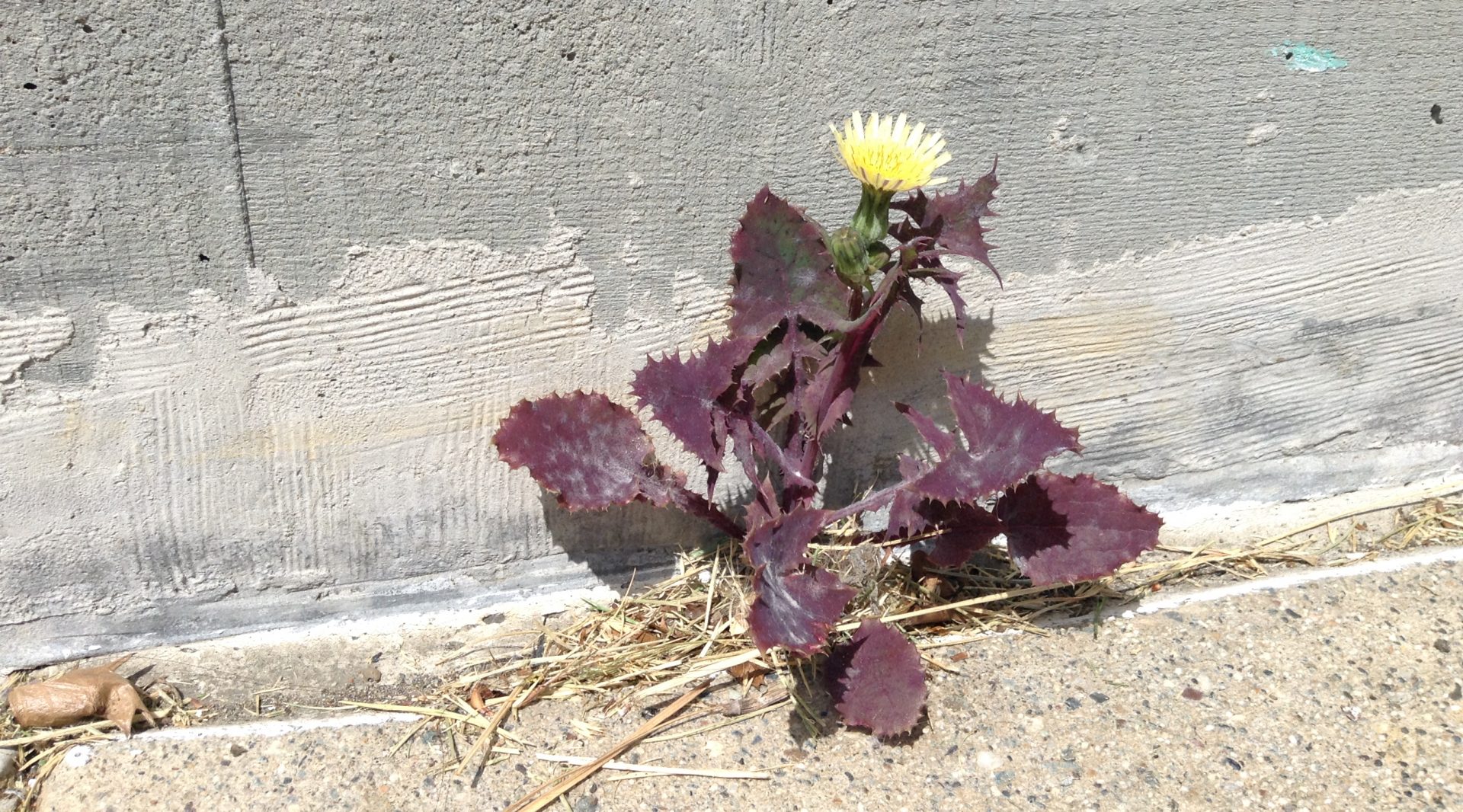As a child, I drank in folktales in all colors, from the olive book of fairy tales to the crimson and lilac books.
And then, I tried rustling through the coats in our large wooden wardrobe to find Narnia, or sweeping under the rug to find a virtuous girl’s golden coins.
No luck.
So I decided to write my own stories in the clip art-filled Creative Writer computer program.
The hardest part was inspiration. And now I wish I’d realized how these interests in folktales and in writing could be combined!
Exploring Folklore Types, or Motifs
As an anthropology librarian, I often get asked for help in finding folk stories, as with a researcher who wanted all the medieval stories about pear trees and fertility.
Luckily, we have folklore indexes. In the late 1800s and early 1900s, folklorists collected stories from around the world and analyzed them for hidden meanings and connections.
But some folks went further. In 1910, a Finnish folklorist Antti Aarne shared how he organized folktales by type, a system which Stith Thompson translated into English a few decades later. You can find a simple version at Ruthenia.ru, listing types of folktales such as:
B11.6.2.2. Serpents play with precious green stone.
B11.6.2.3. Dragon’s pearl stolen.
B11.6.3. Dragon feeds on treasure.
B11.6.4. Dragon guards holy land.
B11.6.5. Dragon guards hermit’s food, frightens off robbers.
B11.6.6. Dragon guards bridge to otherworld.
B11.6.7. Dragon eats an ox at every meal.
B11.6.8. Dragon flies to its nest with human being.
B11.6.8.1. Dragon flies away with lion.
B11.6.9. Dragon gnaws the roots of tree.
B11.6.10. Sandalwood tree is guarded by dragon with venomous breath.
As you can see, a “motif” isn’t the whole story. Instead, it’s an element of the tale. Aarne & Thompson then organized these story parts into a hierarchy that could be browsed or searched. (This system for categorizing things reminds me of Dewey’s system of organizing books, which I’ve written about here. In case you’re confused by public libraries.)
So how did Aarne organize things? Well, here’s a summary. Look for Human origins under A, ogres under T, and love and sex under T, with such gems as:
T34.1. Sudden love as woman pours drink for man at festival. Icelandic: *Boberg.
T35.0.2. Magic sleep causes lover to miss appointment with mistress. Irish myth: Cross.
T81.2. Death from unrequited love. Virgil Aeneid IV 505ff.
Those bits at the end refer to a culture the theme came from and where the story was published. Some versions of this index also link to related motifs.
And if you’re looking for everything about cows or maidens, there’s also an index to the index. I know.
A new, improved catalog of folktales
Those older systems had complicated numbers, lots of duplication, and a heavy focus on male heroes and European stories (because they were organized by white men! Makes sense).
To address this, Hans-Jörg Uther wrote up a full revision called The Types of International Folktales in 2004. He improves the organization and added better summaries and more references, but he still focuses on European tales. Here’s an example:
You can’t read these three volumes online, and they’re expensive, so do check the World Catalog of library books (WorldCat) to see if you can find it in a library nearby.
If you aren’t near a good library, you can see a brief outline of Uther’s system in the Multi-Lingual Folk Tale Database. Under enchanted wives and husbands, ATU 408 links you to Tre sitroner in Norwegian, also known as The Three Lemons in English.
This is a great database, but without summaries and variants, I still recommend browsing the printed book (it’s fun! and inspiring!) if you can get it.
Make your own stories with these folk inspirations
While some people try to categorize all the stories ever, I find these lists more useful for sparking ideas of your own. If you search for spiders on the Story Seeds website (based on Thompson’s index), you’ll find this motif:
A2243.1 Spider hands box to ant and refuses to take it back: hence ants carry huge loads.
So many questions!
And so much creativity. If you’d like to explore further, check out the multilingual folktale database, story seeds, or ruthenia.ru. Write down story bits that catch your attention, or invite your kids to write one of their own. And if you do write, let me know what it is!



Very helpful! Thanks for sharing this.